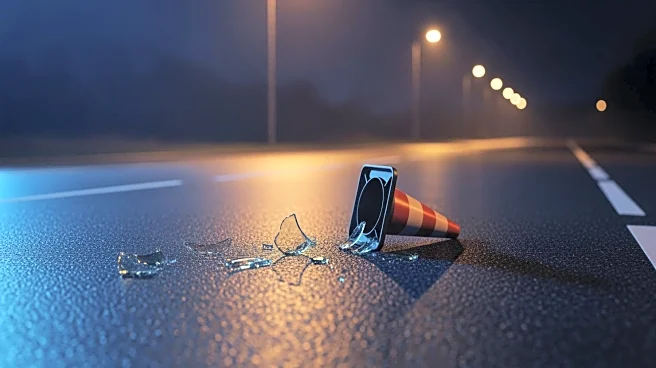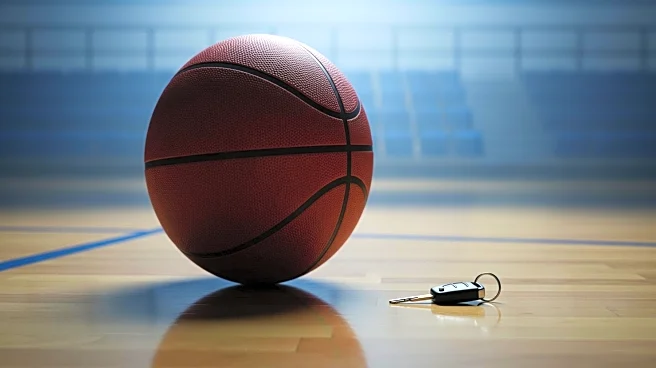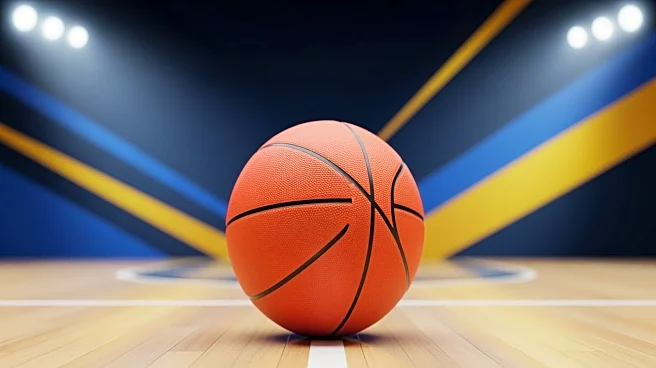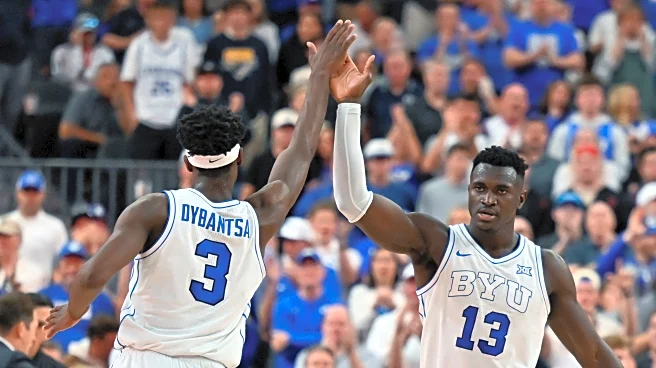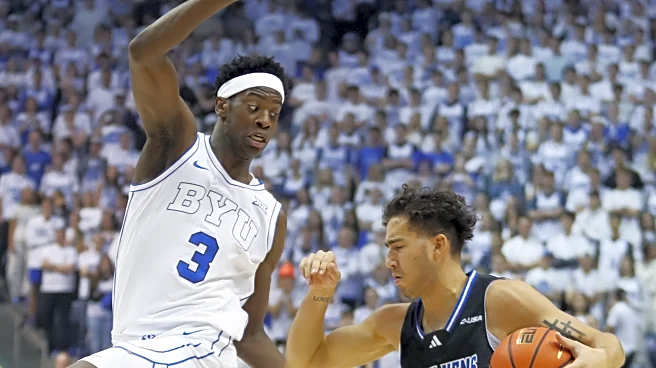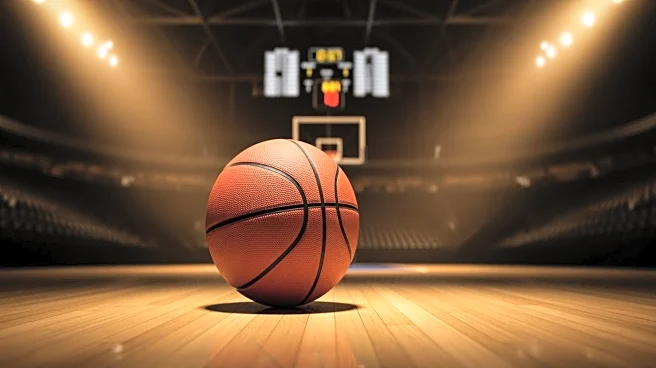What's Happening?
Kennard Davis Jr., a member of BYU's men's basketball team, was arrested on Thursday morning for allegedly driving under the influence. The arrest followed a crash at the intersection of 900 West Center
St. in Provo, Utah. According to the Provo Police Department, officers found reason to arrest Davis for suspected DUI after responding to the incident. Davis was taken to the Provo Police Station, cited with DUI charges, and later released to receive medical care for minor injuries sustained during the crash. His vehicle has been impounded, and the school is aware of the situation, though it has not commented on whether Davis will participate in the upcoming game against UConn.
Why It's Important?
The arrest of Kennard Davis Jr. could have significant implications for BYU's basketball team, particularly as Davis is known for his three-point shooting skills. His potential absence from upcoming games could impact the team's performance and strategy. Additionally, the incident raises concerns about athlete conduct and the responsibilities of sports institutions in addressing such matters. The school's response and any disciplinary actions taken could set a precedent for handling similar situations in the future, affecting both the team's dynamics and the university's reputation.
What's Next?
The school is currently investigating the situation, and it remains uncertain whether Davis will travel with the team for the game against UConn. The outcome of the investigation and any subsequent disciplinary actions will likely influence Davis's future participation in the team. Stakeholders, including the university, fans, and sponsors, may react to the incident, potentially affecting the team's public image and support. Further updates are expected as the investigation progresses.
Beyond the Headlines
This incident highlights broader issues related to athlete behavior and the pressures faced by young sports professionals. It underscores the importance of support systems within sports institutions to help athletes manage personal challenges and maintain professional conduct. The case may prompt discussions on the need for enhanced education and resources for athletes regarding legal and ethical responsibilities.
